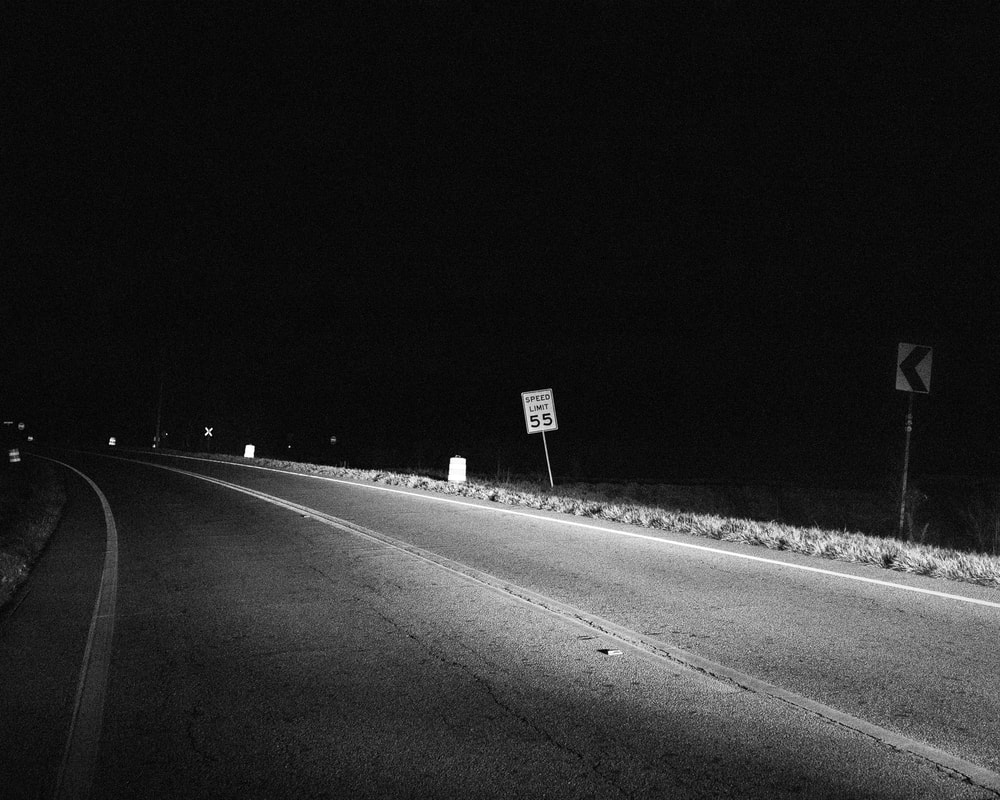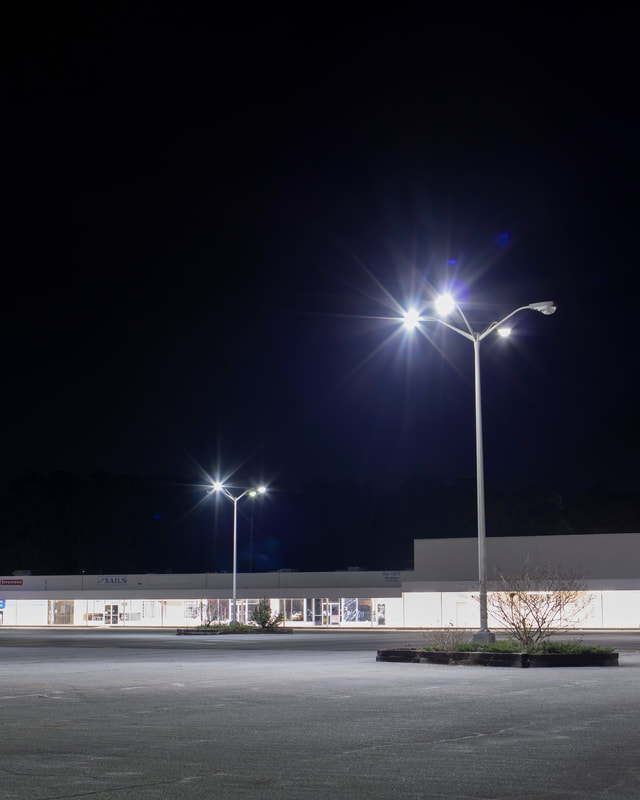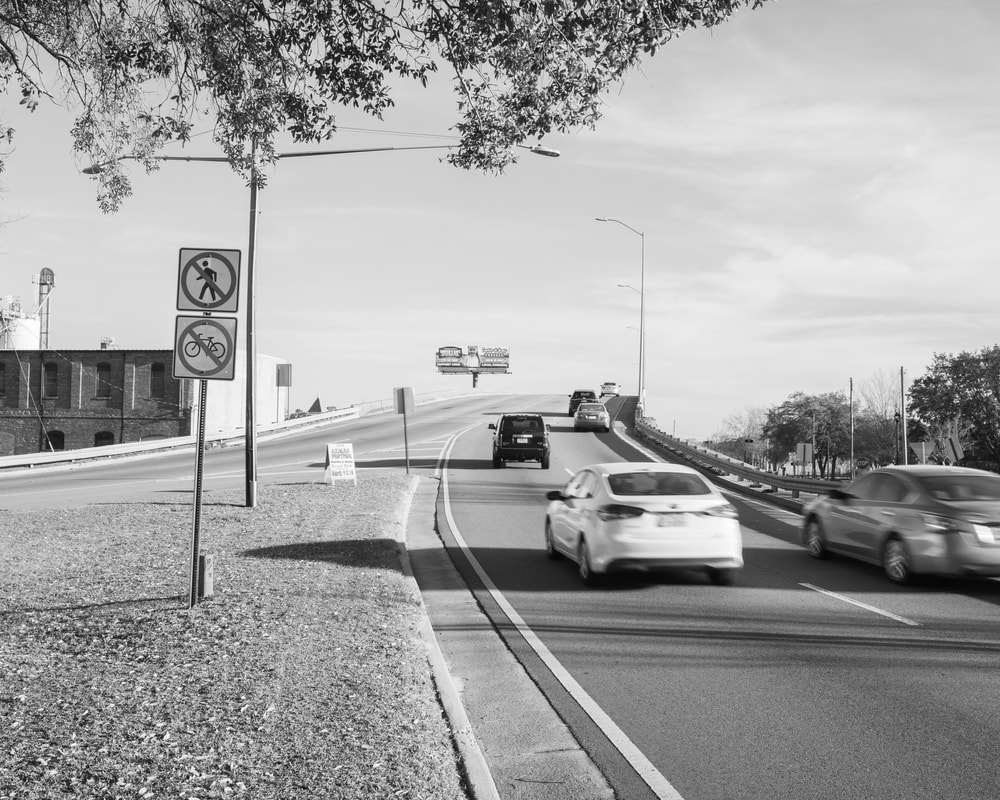Written and Edited by Adjani Williams, Last revised April 29th, 2024.

“It comes up in my photos a lot, whether it be for myself, or… just, like, feelings that I have, or like how something makes you feel that way.”
Malagon, 2024
Throughout all my time spent with Gonzalo Malagon, I have yet to ask the one question that seemed so obvious in retrospect: why were his photos in black and white? It is simply astonishing that this was not asked about sooner! And yet, here we are. I, the author of these words and host of the past interview, and the seemingly small question that has escaped from my field of vision. It is a vexing, ever-present affair that requires the subsequent sink in time and attention, enrapturing akin to that of a piece of the puzzle that has gone undocumented and unsearched. Perhaps an answer lies within the details.
“Well, I work mainly through photography. I’ve done other stuff sometimes, but it’s been mostly photography” were the first words Malagon said during one slow-cooked afternoon, shifting against the stool on a not-quite-hot day.
“About my work… my photography revolves around isolation. It comes up in my photos a lot, whether it be for myself, or… just, like, feelings that I have, or like how something makes you feel that way. My photos in the senior show are about isolation, but are more about how the infrastructure that we placed in this country has made us feel isolated” were the next words after the artist introduced themselves to me. An open and shut case to some, yes, but a revelation that says more than what is being shown. Go far enough in any direction here in Valdosta and your average tourist will see any manner of abandoned building marking the earth like little gravestones. Things tend to get left behind as the landscape both artistic and physical changes with time, leaving only small crumbs of what once was or what used to be – a blend of early 2000s and late 90’s infrastructure peppers every street and corner. But somehow this wasn’t the way that I was looking for. Onward I went, pondering more about the senior student’s work.

“I first started it because I guess because of my dad, he practiced it as a hobby and you know I always wanted to impress my dad, so I started doing it…I didn’t have a camera the first time, but yknow how phones have camera now? I started doing that when I had a… samsung galaxy S8? That was my first quote on quote ‘camera’, that’s when I started. When I had that phone I was like ‘this was what I wanted to do, I wanted to do photography.”
Malagon, 20204
I wanted to do photography. It was a phrase said with conviction, and a voice that showed it went beyond approval: “My name is Gonzalo Malagon. I’m a 23-year-old Mexican American raised in Moultrie, Georgia, and I wanted to do photography” was what I digested throughout all of that. A firm, certain stance taken, earned, and improved upon.
But, back to the show itself. There was a notable series within the gallery dedicated to “Modern Nature”, a series of monochromatic shots of streets, roads, and buildings found within or between those streets and roads.

Each shot was taken from a curb or sidewalk, often gazing into the distance as the lack of walking people becomes increasingly apparent. One thing was for certain – You won’t be finding any lights that aren’t supplied by either the cars or the sun itself here! Part of their statement on this series can be found on their website: “Vehicles were created to make life easier for humans, but we took that invention, enthroned it, and made it nearly impossible to live without. Where cities used to be of service to humans, they are now designed with vehicles in mind”. Up until this point, I haven’t considered how unpleasant it might feel having to weave in, through, and around traffic to get to a place that should be readily accessible without a car. That, as it turns out, can be blamed on getting used to the tedium of having to trot from place to place in general.
Then it finally hit me.
The longer the memory stays, the more the details fade and change over time. Nothing stays forever. Not you, not me, and certainly not Malagon himself. A building that was once the culmination of a man’s dream, a woman’s passion, and a family’s ordeal slowly washes out, the colors less vibrant than before. The distance seems to grow with each passing day, and those memorable features lose their luster and become sanded down just like everything else. In an effort to make things easier for ourselves as a species, we have come up with a way to make us even more isolated through means that should be doing the opposite. This, at least to me, was why those photos were in Black and white. And, perhaps, Malagon has shown both me and the audience at the exhibition a truth about life that is often glossed over – just as how I didn’t question the format of his photos until now. This is what it means to live in a world of black and white.
Sources Cited
Malagon, Gonzalo. “Isolated.” GONZALO MALAGON, Weebly, malagonzalo.weebly.com/modern-nature.html
Malagon, Gonzalo. “Modern Nature.” GONZALO MALAGON, Weebly, malagonzalo.weebly.com/modern-nature.html